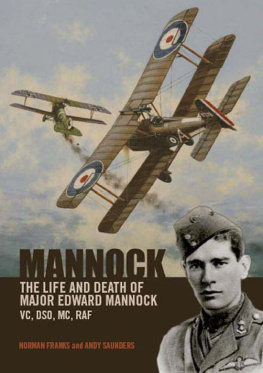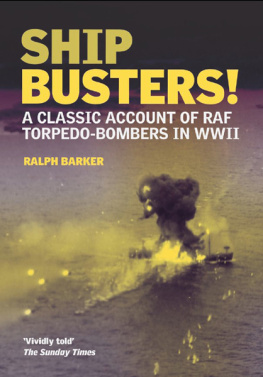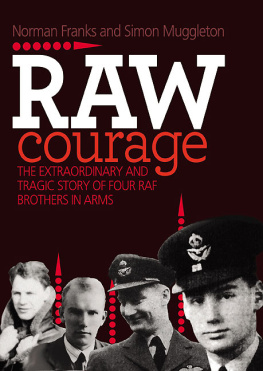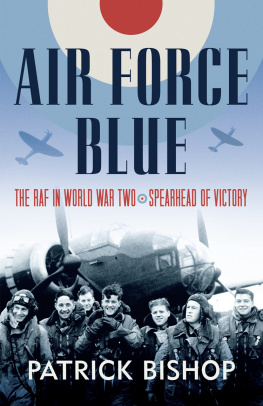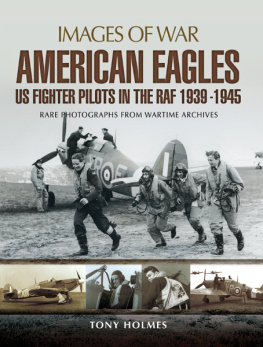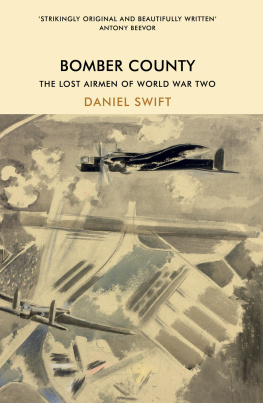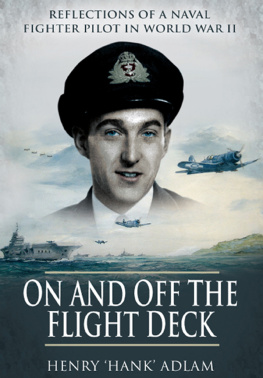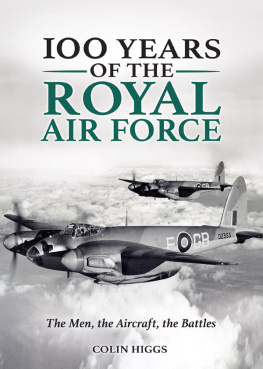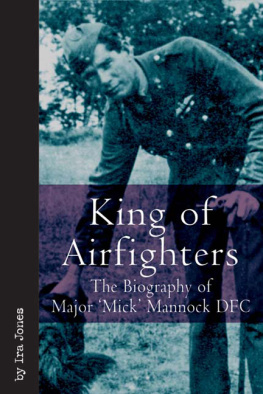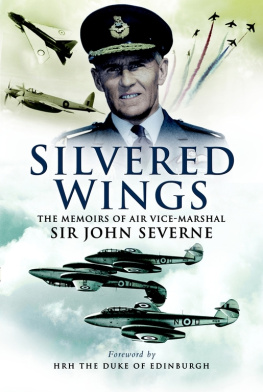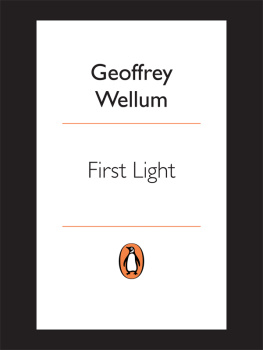
Published by
Grub Street
4 Rainham Close
London
SW11 6SS
Copyright 2008 Grub Street, London
Text copyright 2008 Norman Franks and Andy Saunders
British Library Cataloguing in Publication Data
Franks, Norman L. R.
Mannock : the life and death of Major Edward Mannock, VC, DSO, MC, RAF
1. Mannock, Edward, 1887-1918 2. Great Britain.
Royal Flying Corps Officers Biography 3. Great Britain. Royal Air Force Officers Biography 4.
World War, 1914-1918 Aerial operations, British 5.
Fighter pilots Great Britain Biography
I. Title II. Saunders, Andy
940.44941092
ISBN-13: 9781906502126
Digital Edition ISBN: 9781909166851
All rights reserved. No part of this publication may be reproduced, stored in a retrieval system, or transmitted in any form or by any means electronic, mechanical, photocopying, recording, or otherwise, without the prior permission of the copyright owner.
Cover design by Lizzie B Design
Book design and formatting by:
Roy Platten, Eclipse
Printed and bound by MPG Ltd, Bodmin, Cornwall
Grub Street Publishing uses only FSC (Forest Stewardship Council) paper for its books.
C ONTENTS
A CKNOWLEDGEMENTS
The following people and institutions all have our sincere thanks for their help in piecing together the story of Edward Mannock. In no particular order they are: Lord Ashcroft KCMG, Mike OConnor, Stuart Leslie, Tony Mellor-Ellis, the late Frank Cheesman, Andrew W Walker BA, Graham Day (Air Historical Branch, MoD, Bentley Priory), Gordon Leith (RAF Museum, Hendon), David Tonks (Wellingborough Library), Nicholas Andrews (Commonwealth War Graves Commission), David Amos, Peter Burden, the staff at the Public Archives, Kew, the staff of the Imperial War Museums reading room, Lambeth, London, Guy Smith, Brad King and Air Chief Marshal Sir Peter Squire GCB DFC AFC DSO.
P ROLOGUE
T HE L AST D AY
Major Edward Mannock DSO and two Bars, MC and Bar, was awoken as dawn broke and just as he had been countless times over the last two years or more, was instantly alert and pulling on his flying clothes. After a quick splash of cold water on his face from the jug and basin in his room, he left the hut and crossed to the squadron office. The airfield was St Omer, not only an operational base but the home of a pilot pool and an Air Depot. For many flyers St Omer was their first landing spot on coming across the Channel from England. Here they would wait for a posting to a squadron, filling dead mens shoes.
Within a few moments a second airman arrived, Lieutenant D C Inglis DCM, who had travelled from New Zealand to fight in this great war. Mannock acknowledged the other mans presence and then both headed out across to where the four squadron Bessonneau canvas aircraft hangars stood. In front of them the mechanics had already rolled out, primed and tested, two SE5a fighters, Mannocks E1295 and Ingliss E1294, interestingly but quite co-incidentally, numbered in sequence. Both machines had arrived on the squadron on consecutive days, 16 and 17 June. E1294 had been flown on a number of sorties over the last several weeks but Mannock in E1295 had achieved seven victories with it since his arrival to take command of 85 Squadron on 18 June. Soon after he arrived he had test flown it, liked it, and was now comfortable in it.
Students of WW1 flying will know the famous picture of 85 Squadrons SE5 line-up in front of these same hangars, taken on 21 June 1918, with Captain S B Horn MC seated in Billy Bishops old C1904 Z. It was here that Mannock and Inglis prepared to climb into their machines on this fateful July morning in 1918. Visitors today to St Omer airfield can easily locate the spot, it is just to the right of the British Air Services Memorial stone, where a WW2 hangar now stands. 85 Squadrons buildings would have been further along.
Mannock had already studied the morning sky. Despite it being July, all he could see were lowish grey clouds. From his experience he felt sure it would rain later but at least going out on patrol with these clouds he would not have the glaring rays of the rising sun to contend with as they headed east. They would of course need to fly lower than was comfortable, but so too would any German aircraft they encountered. They could expect German two-seaters, either making a dawn reconnaissance, or trench strafing.
In the front line trenches just south of Pacault Wood good and they could see the Nieppe Forest, some seven miles to the north-west, quite clearly.
The two airmens flying boots were wet with dew as they arrived at their aircraft. Each said the customary few words with their ground crews before climbing into the tiny cockpits to begin the routine checks. It is sometimes assumed that Donald Inglis was a new boy, but in fact he had been with the squadron longer than his SE5a had. His first CO had been the Canadian, Billy Bishop. This belief has come about because Mannock was, this July morning, taking him out to try and help him down his first Hun. Mannock, ever the leader and teacher, was always concerned that pilots be blooded as soon as possible. It would give them heart, encouragement and hopefully and equally necessary, that killing instinct which fighter pilots had to have if the war was ever to be won.
Up to this moment as they started their engines, it had been virtually the same ritual as had occurred just 24-hours earlier. On the evening of the 24th, Mannock had casually asked Inglis if he had succeeded in shooting down a German yet. Doubtless he knew already that the New Zealander hadnt, he would have already gone through all his pilots files and noted that Inglis had yet to put in a combat report for a successful air fight. Inglis had replied that he hadnt as yet been successful. Mannock, in a matter-of-fact way, said, Well, well go out and get one.
Donald Inglis was no new boy, nor a youngster. He was just a month past his 25th birthday, having been born in June 1893 and in 1914 he had been a motor engineer/mechanic in Christchurch. Joining the New Zealand forces he had served in the 2nd Battery of the NZ Field Artillery as a bombardier/fitter and had won the Distinguished Conduct Medal at Gallipoli, for repairing three guns despite heavy Turkish fire. Having transferred to the RFC in August 1917, he joined 85 Squadron while the unit was working-up and under training, then following further instruction he had finally returned to 85 in France on 21 May 1918. Therefore he had been with 85 in France for over two months. What is more, he would end the war with the squadron, finally leaving in December 1918, having been successful in surviving the air battles above the Western Front for six months itself no mean achievement.
Inglis had recalled all this in an article for Popular Flying magazine in July 1938, edited by the creator of the famous Biggles Captain W E Johns himself a World War One pilot, but flying bombers, not single-seat fighters. No doubt Inglis had told the story often enough in the intervening twenty years, and while it may have been finely tuned, would nevertheless be approximately the same.
On the morning of the 25th both he and his CO had prepared for take-off. It was a reasonable day, promising a blue sky although the forecast predicted some possible showers as the day progressed. In the event it didnt matter for although his leader took off, Ingliss machine, much to his chagrin, had a problem. His elevator controls were jammed. The ground crew worked to try and clear the fault, but it was going to be a longer job than he hoped. Mannocks SE5 arrived back over the airfield and landed. Taxying up to the hangars, Inglis ran over to report the bad news to Mannock. Mannock grinned and said it was all right. We will go out tomorrow and get one.
Next page
